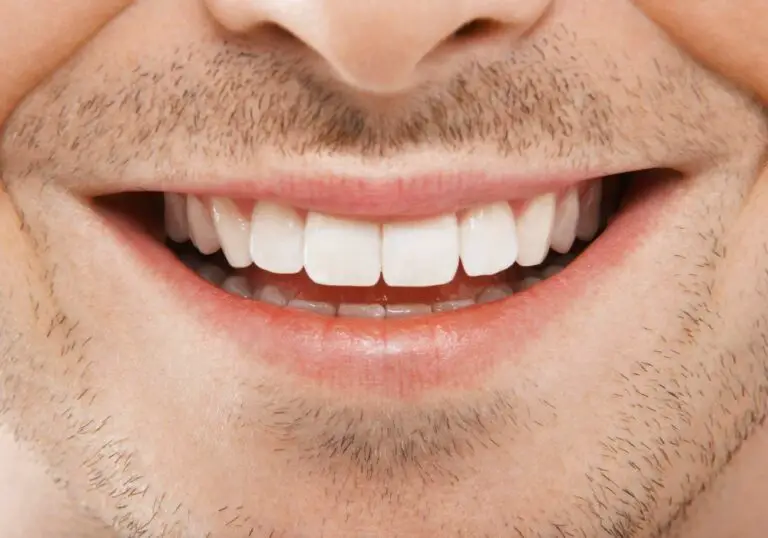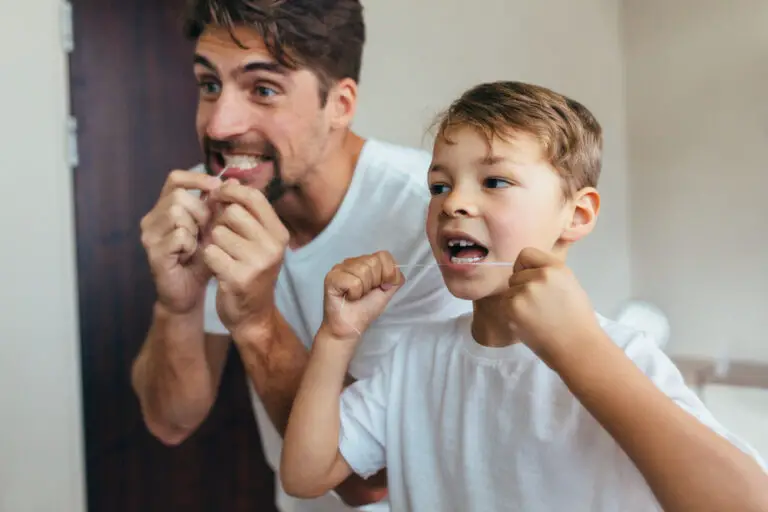Teeth shifting out of position is a common problem that can occur slowly over time or be caused by orthodontic relapse. The good news is that in many cases, shifted teeth can be guided back into proper alignment through various orthodontic treatments. This article explores the causes of dental shifting, whether shifted teeth can realign to normal positions, treatment options, what to expect during realignment, and how to keep teeth stable after orthodontic correction.
What leads to tooth shifting?
There are several possible reasons teeth may move out of position:
Tooth loss
When a tooth is extracted and the gap is left unrestored, adjacent and opposing teeth can shift into the vacant space. This most often occurs with loss of posterior teeth. The tilted angle of eruptive forces on back teeth also makes them more prone to shifting compared to anterior teeth.
Abnormal bites
Improper occlusion and misaligned dental arches can put uneven pressures on teeth over time. Issues like overbites, underbites, crossbites, open bites, and crowding can all contribute to gradual tooth shifting.
Periodontal disease
Chronic infection and inflammation of gum tissues and the bone supporting teeth, known as periodontitis, causes loosening of teeth. Lack of adequate bony support allows teeth to shift and sometimes leads to tooth loss.
Habits
Chronic tongue thrusting, nail biting, chewing on pens, and other habitual oral behaviors can displace teeth from their proper positions. An oversized or rested tongue can also put pressure on teeth.
Bruxism
Grinding or clenching of teeth, often occurring subconsciously during sleep, applies excessive sideways force. This can loosen teeth, cause fracture of tooth surfaces, and lead to tooth migration.
Orthodontic relapse
After braces or aligners, teeth tend to revert back towards their original positions over time. This occurs when patients do not wear retainers as prescribed or have habits applying pressure.
Can severely shifted teeth move back?

Correcting a shifted tooth back to its original position is often possible if the root and surrounding bone remain intact. But outcomes depend heavily on the type and extent of tooth movement:
Tipped teeth
Teeth tipped slightly out of line can usually be torqued back into position predictably. Severely tipped teeth may require surgical exposure for orthodontic realignment.
Rotated teeth
Slight tooth rotation up to 15 degrees can be corrected with braces or Invisalign. Severely rotated teeth may need additional aligners, elastic ties, or surgical assistance.
Crooked teeth
Mildly crooked or overlapped teeth often respond well to braces or Invisalign treatment. However, severely crooked teeth may not be completely correctable due to limitations in bone support.
Gapped teeth
Fixed braces often successfully close spaces from missing or extracted teeth by mesializing adjacent teeth. However, large gaps may require prosthetic tooth replacement.
Impacted teeth
Completely impacted and blocked-out teeth require surgical exposure before orthodontic traction into the arch. This is often successful for mildly impacted teeth.
In some cases of extreme tooth shifting where the root or bone have sustained damage from long-term malposition, correction may not be feasible. But most instances of dental shifting can be improved through specialty orthodontic care.
Treatment options for realigning shifted teeth
If your teeth have shifted out of line, what are the treatment options to move them back towards normal alignment?
1. Traditional fixed braces
Braces featuring bonded brackets and archwires offer the most precise control over three-dimensional tooth movements. By applying light, constant pressure to teeth, braces can align even severely crooked teeth over time.
2. Clear aligners
Popular brands like Invisalign utilize a series of custom-molded clear trays to incrementally shift teeth position. Aligners provide an esthetic advantage but have limitations with certain tooth movements compared to braces.
3. Dental restorations
For missing teeth, implants, bridges and partial dentures can stabilize surrounding teeth and prevent shifting into extracted spaces. Restorations may be used with orthodontics.
4. Jaw surgery
Orthognathic surgery can reposition misaligned jaws to establish better dental arch relationships. This is used for bite issues beyond the scope of orthodontics alone.
5. Tooth contouring
Reshaping uneven tooth edges and surfaces through enameloplasty techniques can help realign slight irregularities for a straighter smile. Often used in conjunction with braces.
The most effective treatment approach will depend on your specific orthodontic needs and goals. Consulting an orthodontic specialist is recommended.
What’s involved in realignment treatment?

The process of moving shifted teeth requires dedicated time and care. Here’s an overview of what to expect:
- Orthodontic records will be taken including x-rays, photos, impressions, and 3D scans.
- An individualized treatment plan will be mapped out.
- Fixed braces or clear aligner trays will be placed at the start of treatment.
- Teeth are incrementally shifted into better positions over weeks and months.
- Gentle, steady orthodontic forces move teeth through the jawbone.
- Progress is checked at regular adjustment visits throughout treatment.
- Total active treatment time ranges from 6 months to 3 years depending on severity.
- Excellent oral hygiene and dental visit adherence will be required.
- Retainers are provided to maintain teeth in position after treatment.
While the process requires commitment, realigned teeth can dramatically improve dental function and facial aesthetics. Proper at-home care combined with your orthodontist’s expertise can achieve excellent outcomes.
Maintaining aligned teeth long-term
The work isn’t over once your teeth are straightened! Ongoing retention and oral care is key to prevent relapse:
- Wear retainers as directed – Removable and/or fixed retainers stabilize newly aligned teeth. Follow your orthodontist’s wear schedule, often several years or longer.
- Practice excellent oral hygiene – Meticulous brushing, flossing, and professional cleanings protect tooth and gum health.
- Avoid bad habits – Tongue thrusting, mouth breathing and biting on pens can re-introduce dental problems.
- Visit your dentist regularly – See your dentist every 6 months to catch any orthodontic relapse early.
- Protect teeth from trauma – Wear mouthguards during sports to prevent injury and shifting from impacts.
By maintaining your new smile with retainer wear and diligent oral care, properly aligned teeth can stay in place for years to come!
Frequently Asked Questions
How long does it take teeth to shift after braces?
Without retainers, teeth that were aligned by braces may begin gradually shifting as soon as 6-12 months later. More noticeable shifting might take a few years. But over extended periods of time, most teeth will revert towards their original positions without ongoing retention.
Can Invisalign fix teeth that shifted after braces?
Yes, Invisalign or clear aligners can often successfully straighten teeth that have relapsed after braces. Clear aligner trays apply light forces to re-align mildly shifted teeth into position. More significant relapse may respond better to traditional braces again due to force limitations with Invisalign.
Can braces work a second time?
Braces can definitely be effective in realigning teeth a second or even third time. Previously straightened teeth usually respond favorably to braces again, especially when positive oral habits and retention are implemented after treatment. Some patients opt for clear aligners the second time around if they desire a more discreet orthodontic experience.
How do you stop teeth moving after braces?
Wearing retainers as directed is the most effective way to prevent tooth movement after braces. Fixed retainers bonded to the backs of front teeth provide a permanent barrier. Removable retainers like Hawley and clear aligner-style trays keep teeth stable when worn as prescribed, often nightly long-term.
Can braces be repeated in adults?
Orthodontic treatment can be carried out successfully in adults at any age, even if braces were done in childhood. Some adults pursue braces or clear aligners later in life to fix issues like shifting from an aging dentition. As long as gums and bone remain healthy, adults can go through orthodontic realignment again and achieve beautifully straightened teeth.







